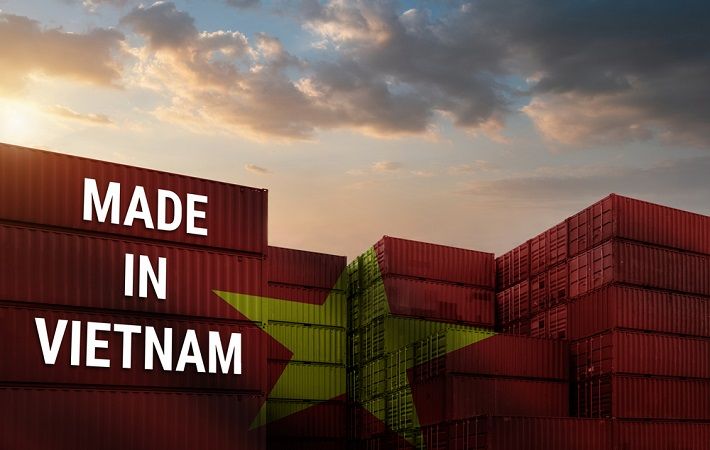
Vietnamese domestic firms’ participation in RCEP can offer opportunities to raise their exports and be more active in regional value chains, if they can gain access to cheaper inputs and adapt to increased competition, DBS said on its website.
Gains are likely to be modest for many ASEAN member economies, given existing bilateral free trade agreements (FTAs) and already very low tariffs for intra-RCEP trade.
RCEP has now entered into force for 11 out of 15 member economies.
Vietnam’s average effectively applied tariffs on intra-RCEP trade are middle of the pack at 1.2 per cent, according to UNCTAD calculations, compared to much higher levels for South Korea at 4.8 per cent or China at 2.8 per cent.
Nevertheless, Vietnam is among the ASEAN economies likely to benefit somewhat from tariff reduction, given its high trade openness, DBS feels. Vietnam’s gains would be lesser than that experienced by North Asian peers, with Japan not having bilateral agreements with China and South Korea prior to the RCEP.
Six ASEAN economies have received increasing FDI inflows over the past couple of years, rivalling that of China. Even though Singapore continues to receive the lion share of FDI inflows, inflows into Vietnam have been trending higher, and have ranked among the top three recipients within ASEAN-6.
DBS thinks Vietnam continues to boast multiple advantages to attract foreign investors.
Vietnam consistently imported a significant amount of goods from RCEP partners. In contrast, Vietnam’s export share to RCEP partners while still high at nearly 40 per cent has been declining over the years.
The United States, Vietnam’s single largest trading partner at present, has taken RCEP’s market share, rising to almost 30 per cent of the latter’s total exports.
With the RCEP agreement, Vietnamese products made from Chinese inputs can potentially increase trade. For instance, Vietnamese ‘textile, garment, and footwear’ made from Chinese materials can enjoy favourable tariffs when shipped to Japan.
Fibre2Fashion News Desk (DS)